Common Mistakes with Sharps Waste Disposal
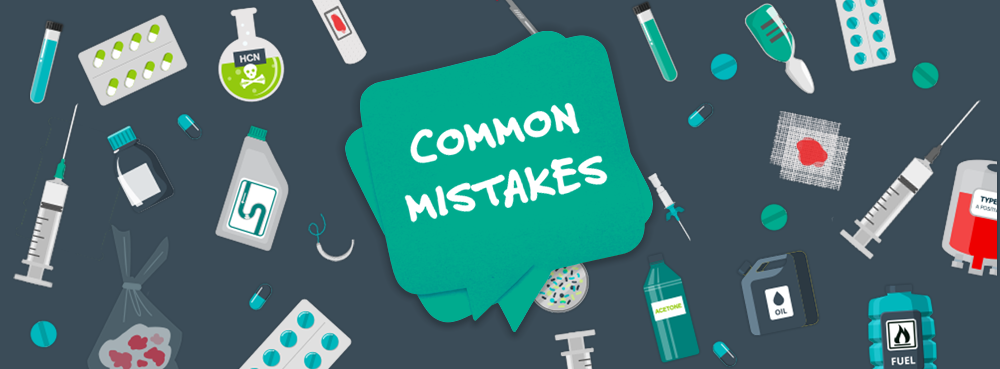
Do you ever wonder what drives such a high percentage of disposal-related sharps injuries?
Taking a good look at the common mistakes with sharps waste disposal will help give you a better understanding of why the Royal College of Nursing’s Sharps Safety Study found that 32% of all needlestick injuries are disposal-related.
First, let’s get an idea of some of the consequences of getting it wrong…
TOPICS WE WILL COVER:
1 / The consequences of improper sharps waste disposal.
2 / Common mistakes with sharps waste disposal.
3 / Increasing sharps safety awareness is key.
4 / Ensure correct sharps waste disposal in your facility.
5 / Get to the point quicker: Blog summary.
The Consequences of Improper Sharps Waste Disposal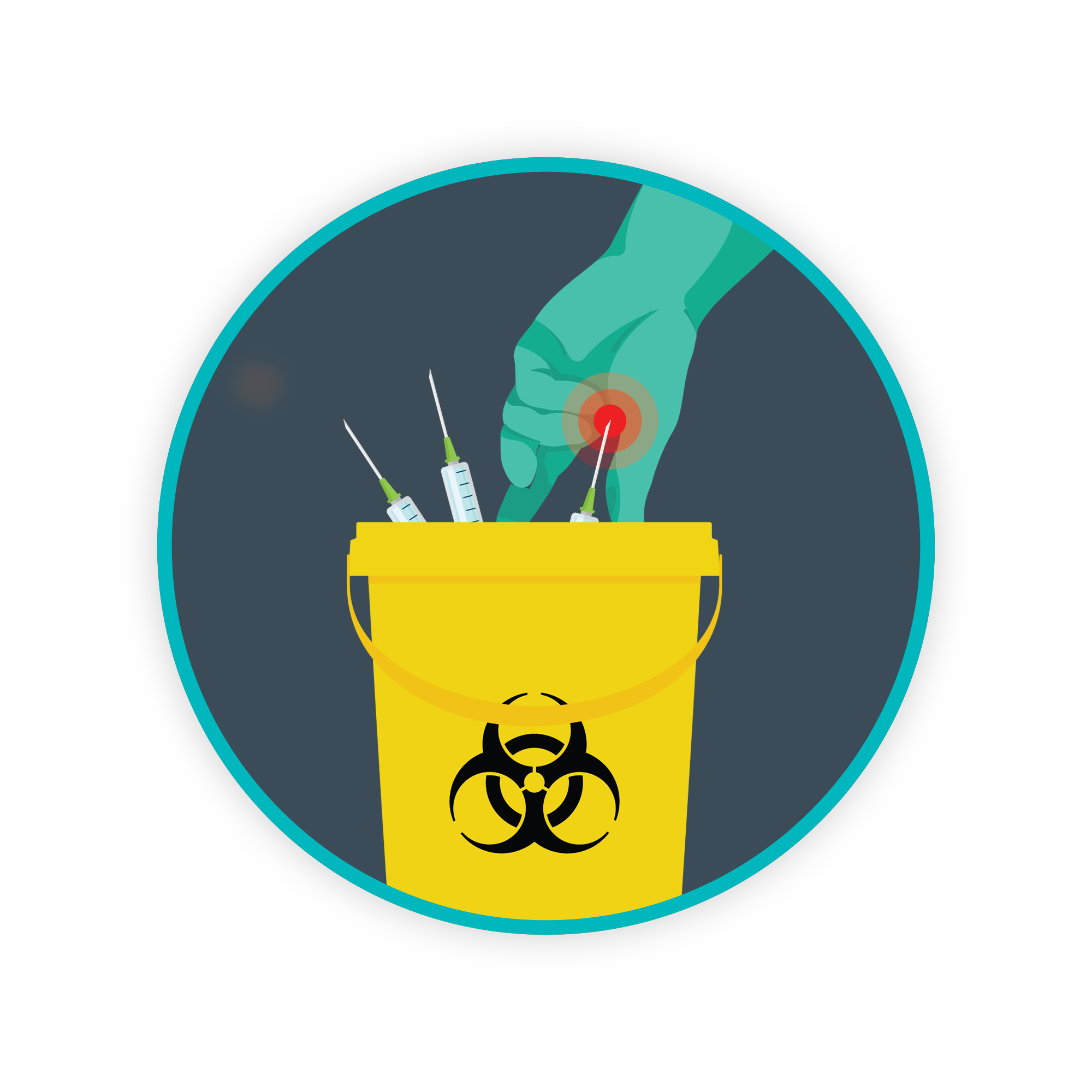
Whether the sharps you’re disposing of are hazardous or not, all sharps waste disposal involves following specific procedures to ensure the safety of staff, patients, and the environment.
Improper disposal can lead to a range of negative consequences such as:
- Increased risk of needlestick injuries and infection: Improper disposal can lead to accidental sharps injuries for healthcare workers, patients, and even waste handlers – potentially transmitting serious bloodborne diseases.
- Environmental hazards: Improper disposal can lead to sharps waste being incorrectly treated and causing harm to the environment.
- Financial penalties and reputational damage: The UK has strict regulations on sharps disposal, if you’re found to be non-compliant you can face hefty fines. News of improper sharps disposal can also damage an organisation’s reputation and erode public trust.
Common Mistakes with Sharps Waste Disposal
To reiterate the above section, all sharps waste including needles, syringes, and lancets can pose a serious health risk if not disposed of properly. To help you address these issues and avoid the consequences, here’s a short list of some of the most common mistakes with sharps waste disposal:
- Leaving sharps in inappropriate areas.
- Overfilling sharps waste containers.
- Failing to properly close sharps waste containers.
- Mixing sharps with other waste types.
- Improper labelling of sharps containers.
- Incorrectly handling sharps waste during transportation.
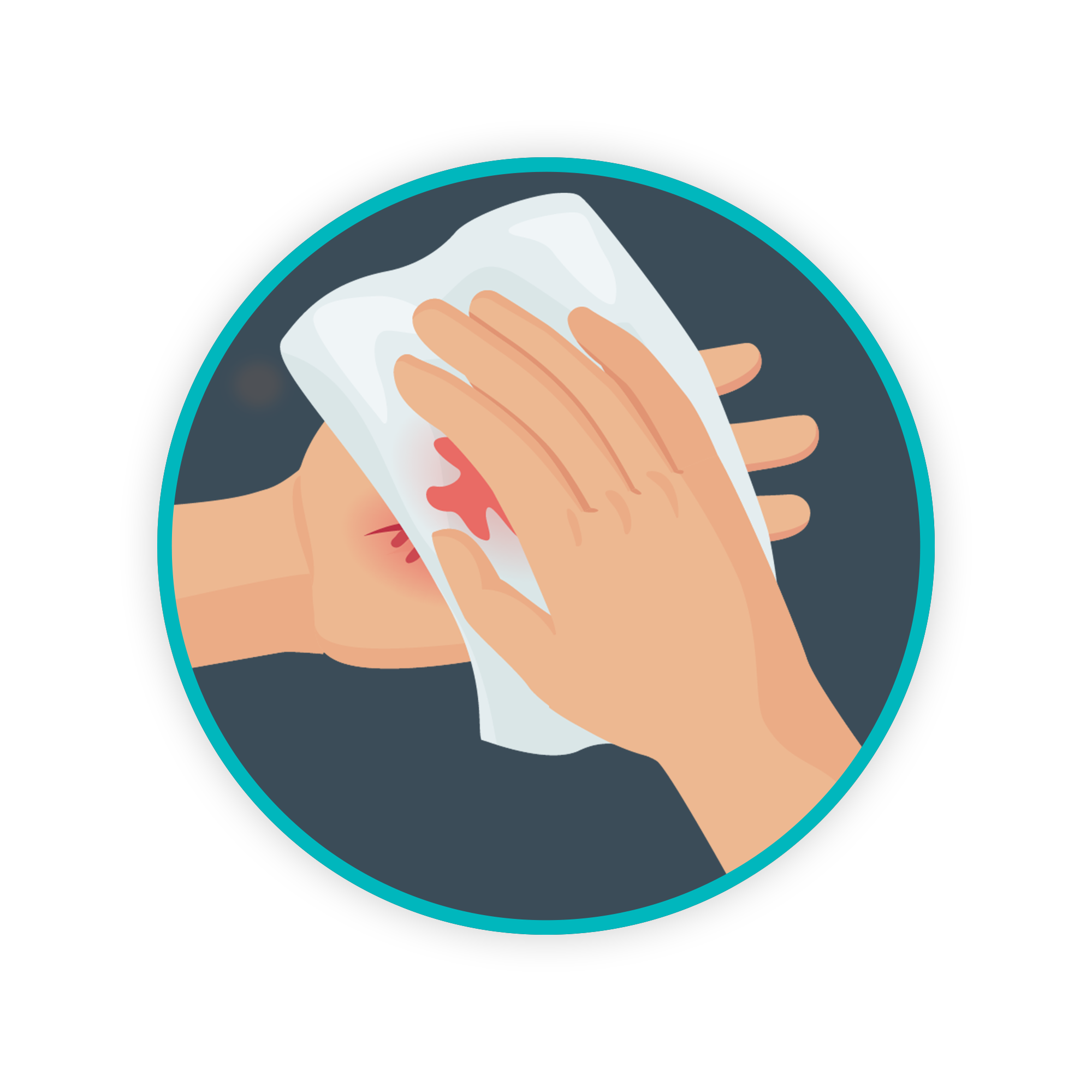 Leaving Sharps in Inappropriate Areas
Leaving Sharps in Inappropriate Areas
Mistake: Sometimes, sharps are inadvertently left in areas they shouldn’t be such as countertops, beds, or treatment areas instead of being promptly disposed of after use into designated sharps bins.
This increases the risk of accidental needlestick injuries to healthcare workers, patients, and visitors.
Solution: The easiest way to eliminate this mistake is to follow point-of-care sharps disposal practices and always ensure you have the correct sharps container ready to use wherever you’re generating sharps waste.
Overfilling Sharps Waste Containers
Mistake: Sadly, sharps bins being filled beyond their recommended capacity is a regular occurrence. Sharps containers have a maximum fill line to indicate when it’s time for a replacement – overfilling drastically increases the risk of needlestick injuries during disposal or transport.
Solution: Always follow the manufacturer’s instructions and replace sharps bins when they reach their designated capacity and never try to stuff sharps into a full container. Also, if you see an overfilled container, follow the correct procedures to replace it immediately.
Click here for some helpful tips on what to do if you see an overfilled sharps container.
 Failing to Properly Close Sharps Containers
Failing to Properly Close Sharps Containers
Mistake: Sharps containers should always be securely closed when not in use to prevent any accidental exposure. Leaving containers open with their contents accessible increases the risk of injuries and contamination.
Solution: Ensure containers are securely closed with temporary/permanent locks/closures and contents are inaccessible if they don’t have an in-built tray designed to restrict hand entry.
Mixing Sharps with Other Waste Types
Mistake: Whether this involves putting sharps into the wrong containers or bins, or putting the wrong types of waste in sharps containers (we’ve found some weird and wonderful things in our reusables), failing to segregate sharps from other types of medical waste can pose huge risks during handling and disposal and lead to contamination.
Solution: Always use the correct waste receptacle for whichever type of waste you’re disposing of and follow correct segregation protocols to ensure your sharps waste is managed safely throughout the waste disposal process.
Always remember that whenever you dispose of a sharp, you’re not the last person to handle that waste receptacle – you wouldn’t want to be responsible for someone suffering a needlestick injury.
Improper Labelling of Sharps Containers
Mistake: Failure to label containers properly can result in confusion and mishandling by healthcare workers or waste management personnel and lead to increased risk of contamination and harm.
Solution: Clear and accurate labelling is essential for identifying containers and their specific contents and also aids traceability for monitoring waste management practices, helping to identify areas for improvement and ensure compliance with regulations.
Incorrectly Handling Sharps Waste During Transportation
Mistake: Failure to secure used containers properly or use appropriate transport vehicles can lead to accidents and environmental contamination. Mixing clean (reusable) sharps containers with full containers during transport is also an infection risk.
Solution: During transportation from healthcare facilities to treatment and disposal sites, sharps containers should be handled with care to prevent any spills, leaks, or damage and when transporting full containers, they need to be locked, upright, secured to prevent tipping, and labelled appropriately.
By addressing these common mistakes with sharps waste disposal and following best practices, both healthcare facilities and waste service providers can minimise risks and ensure the safety of both healthcare workers and the general public.
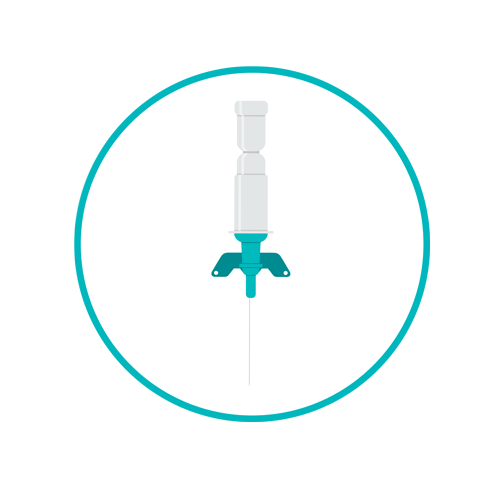
Increasing Sharps Safety Awareness is Key
Proper disposal of sharps waste involves following established safety protocols and understanding how they work to improve safety for everyone, but doing so requires awareness and training.
All healthcare workers should receive regular training on safe sharps handling and disposal procedures – without effective training, mistakes are more likely to occur, increasing the risk of accidents and injuries.
It’s also important for healthcare organisations to conduct regular risk assessments to identify potential hazards associated with sharps waste disposal and implement appropriate control measures to mitigate risks. This includes assessing factors such as handling procedures, storage practices, and staff training needs.
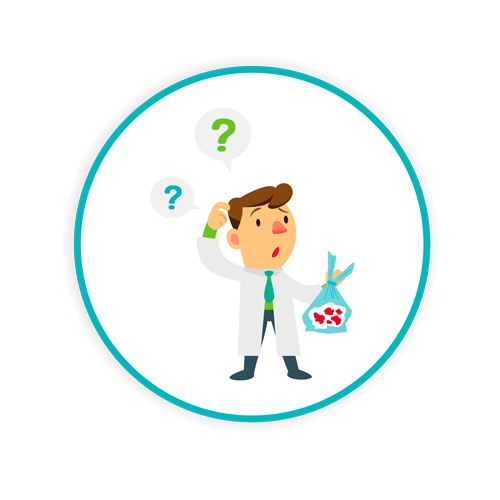
Ensure Correct Sharps Waste Disposal in Your Facility
Two major priorities for any healthcare organisation are providing patient care and protecting healthcare workers from occupational hazards, including needlestick injuries.
With evidence showing that most sharps injuries occur during disposal, it’s clear that using the right container can make a huge difference in improving safety.
Whether you’re looking for a reusable sharps container designed for safety and infection control or for guidance to improve safety and waste management within your organisation, we’re here to help.
Our service goes beyond providing bins and collecting waste, we work with clinical staff within the four walls of your facility to make healthcare safer from the inside, get in touch if you’d like more information.
Blog Summary
All sharps waste including needles, syringes, and lancets can pose a serious health risk if not disposed of properly. Here are some of the most common mistakes with sharps waste disposal and some solutions:
Leaving Sharps in Inappropriate Areas
Mistake: Sometimes, sharps are inadvertently left in areas they shouldn’t be such as countertops, beds, or treatment areas.
Solution: Follow point-of-care sharps disposal practices and always ensure you have the correct sharps container ready to use wherever you’re generating sharps waste.
Overfilling Sharps Waste Containers
Mistake: Sharps bins are regularly filled beyond their recommended capacity despite having a line to indicate when it’s time for a replacement.
Solution: Always follow the manufacturer’s instructions and replace sharps bins when they reach their designated capacity and never try to stuff sharps into a full container. Also, if you see an overfilled container, follow the correct procedures to replace it immediately.
Failing to Properly Close Sharps Containers
Mistake: Sharps containers should always be securely closed when not in use to prevent any accidental exposure.
Solution: Ensure containers are securely closed with temporary/permanent locks/closures and contents are inaccessible if they don’t have an in-built tray designed to restrict hand entry.
Mixing Sharps with Other Waste Types
Mistake: Either putting sharps into the wrong containers or bins, or putting the wrong types of waste in sharps containers (we’ve found some weird and wonderful things in our reusables).
Solution: Always use the correct waste receptacle for whichever type of waste you’re disposing of and follow correct segregation protocols.
Improper Labelling of Sharps Containers
Mistake: Failure to label containers properly which leads to mishandling of waste by healthcare workers or waste management personnel.
Solution: Ensure labelling is clear and accurate for identifying containers and their specific contents which also aids traceability for monitoring waste management practices.
Incorrectly Handling Sharps Waste During Transportation
Mistake: Failure to secure used containers properly or use appropriate transport vehicles. Also, mixing clean (reusable) sharps containers with full containers during transport.
Solution: During transportation, sharps containers should be handled with care to prevent any spills, leaks, or damage. When transporting full containers, they need to be locked, upright, secured to prevent tipping, and labelled appropriately.
By addressing these common mistakes with sharps waste disposal and following best practices, both healthcare facilities and waste service providers can minimise risks and ensure the safety of both healthcare workers and the general public.
Want to read the blog in depth after all? Click here to head back to the top!
Let's Talk!
Your time is valuable, and we don’t want to play hard to get. You can either phone us directly on the details listed on our contact page, or feel free to fill out this short form and one of our team members will get back to you as quickly as possible.

